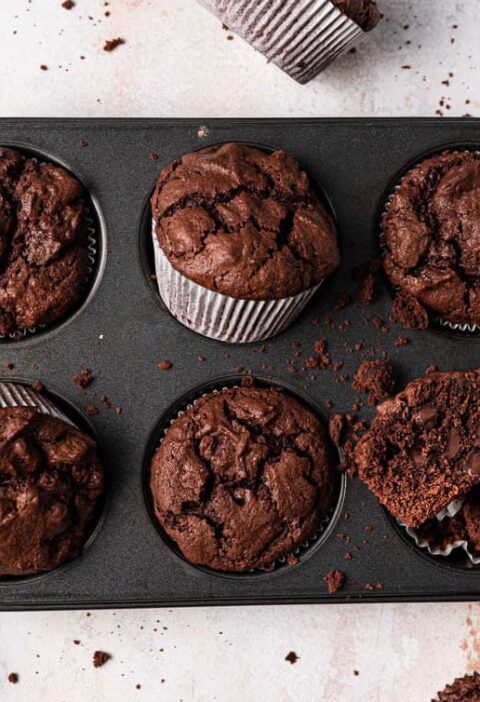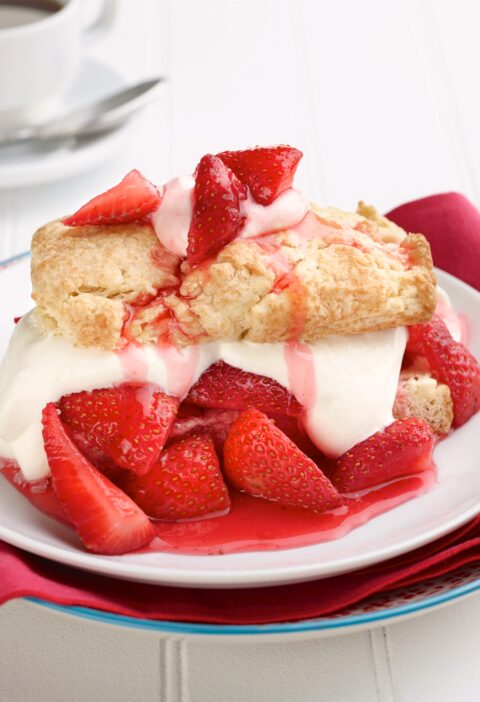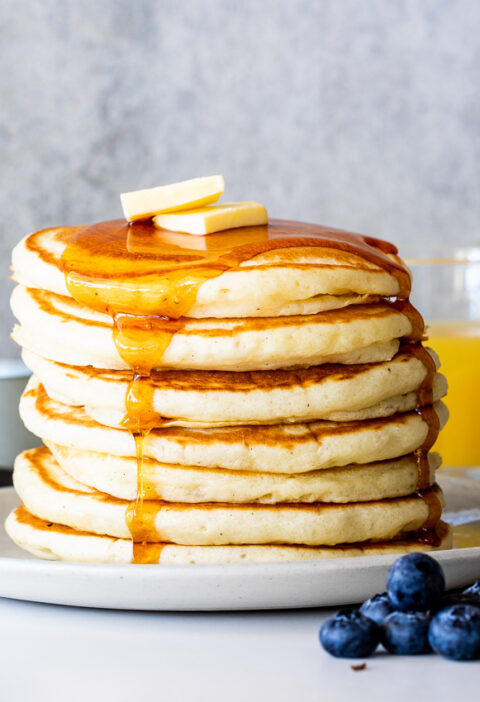Crepes are considered as desserts but also as a dish itself and many people around the world are still discovering different ways to mix crepes with a lot of different ingredients. Crepes are a simple mixture of flour, eggs, milk, and butter. Basically, we are using an original pancake recipe with couple of changes in it to make the crepe more flavory, less fluffy and in different shape.
The Maillard reaction is one of the fundamental ideas of crepe preparation. When proteins and carbohydrates are heated together, a sequence of intricate chemical reactions take place that cause the crepe to turn brown. When it comes to crepes, the Maillard reaction is what gives them their distinctive golden-brown hue and flavor. The crepe must be cooked at the proper temperature for the Maillard reaction to occur as intended. The crepe won’t brown correctly if the temperature is too low, and it could burn if the temperature is too high. About 375°F (190°C) is the perfect temperature for crepe cooking because it permits the Maillard reaction to take place without burning the crepe. The use of gluten is another crucial crepe-making principle. The protein gluten, which is present in wheat flour, oversees giving the crepe batter structure like we saw with muffins made in lab.
The wheat flour is a critical element of our recipe because the development, or lack of it, will influence how much steam is trapped. Water is a leavening agent and how much of it present will determine if the crepe is going to be thin or thick. Gluten develops into long, elastic strands when flour and liquid are combined, giving the batter its texture and holding it together. Yet, a high gluten content could result in a difficult batter. Another crucial aspect of the crepe batter is its uniformity.
The batter should be thick enough to stick together and produce a solid pancake while still being thin enough to spread readily in the pan. To achieve this equilibrium, the batter’s liquid to flour ratio is essential. Crepe batter is typically created with a ratio of 1 part flour to 2 parts liquid; however, this ratio can be changed to suit individual tastes.
Sources
Wikipedia: “Crêpe” https://en.wikipedia.org/wiki/Cr%C3%AApe Accessed April 11, 2023.
Institute of Culinary Education: “French Crêpes: A Classic Recipe and History” https://www.ice.edu/blog/french-crepes Accessed April 11, 2023.
Ophelia’s Electric Soapbox: “The Fascinating History of Crêpes” https://www.ophdenver.com/the- fascinating-history-of-crepes/ Accessed April 11, 2023.
Topeka and Shawnee County Public Library: “The Science of Pancakes” https://tscpl.org/teens/the-science-of- pancakes#:~:text=The%20Maillard%20Reaction%20is%20the,and%20oxygen%20atoms%20fro m%20sugars Accessed April 11, 2023.
Shari Blogs: “The Science Behind Why Crêpes Need Water: A Guide to Crafting the Perfect Crêpe” https://shariblogs.com/the-science-behind-why-crepes-need-water-a-guide-to-crafting-the- perfect-crepe/ Accessed April 11, 2023.
Weinstein, B.; Scarbrough, M. The Art of French Crepes. Hachette Books: New York, 2011.
The Spruce Eats. Classic French Crepes. https://www.thespruceeats.com/crepes-with-salted- butter-caramel-recipe-1374989. Accessed April 11, 2023.


